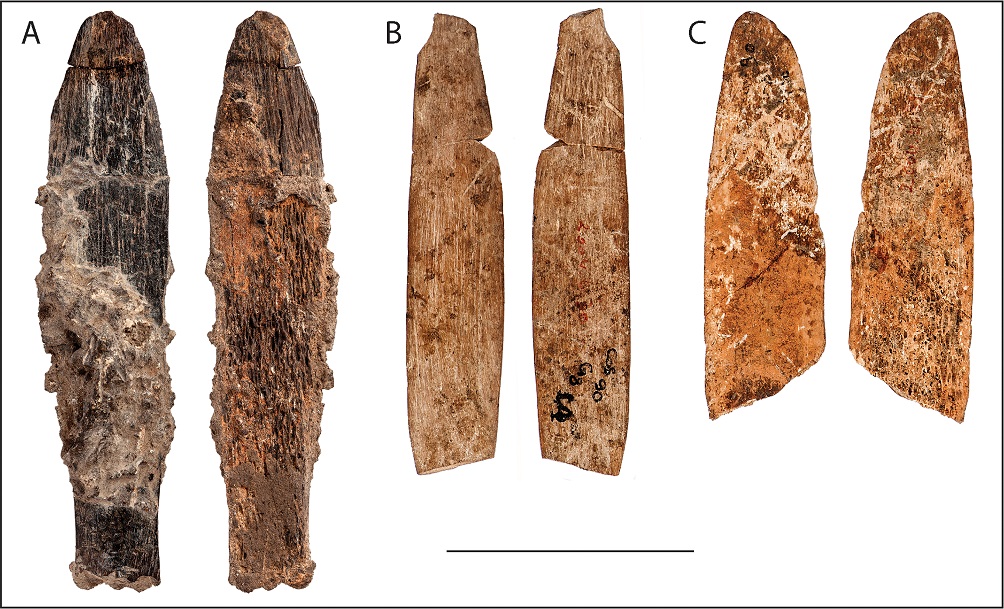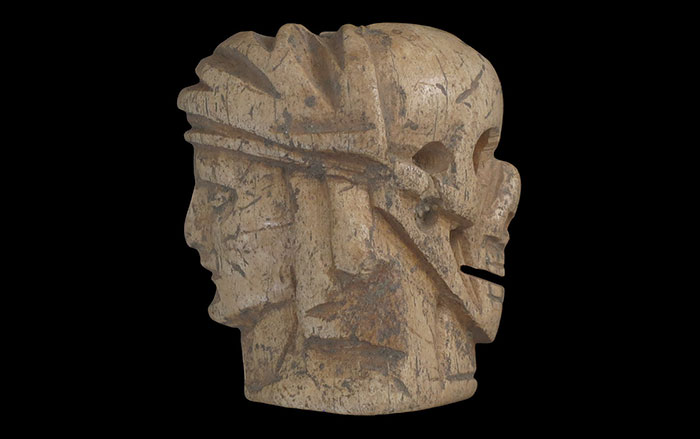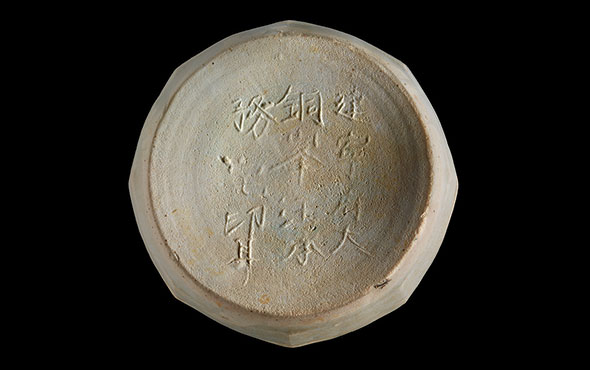
RABAT, MOROCCO—Science News reports that a bone knife recovered from Morocco’s coastal Dar es-Soltan 1 cave has been dated to 90,000 years ago. According to geoarchaeologist Abdeljalil Bouzouggar of Morocco’s National Institute of Archaeological and Heritage Sciences and Silvia Bello of London’s Natural History Museum, the tool was made by people of the Aterian culture during the Middle Stone Age who shaped and sharpened the rib of a large mammal. The technique used to craft the knife is similar to that used to make two other tools of the same era found in Morocco, but is different from 90,000-year-old bone tools found in southern Africa. Bello said the technology may have developed as people adapted to seafood as a dietary staple. “Whatever its use, this tool was produced by very skilled manufacturers,” she said. To read about the discovery in Morocco of 300,000-year-old human bones, go to “Homo sapiens, Earlier Still.”










